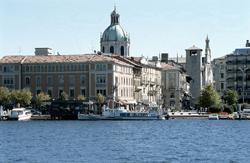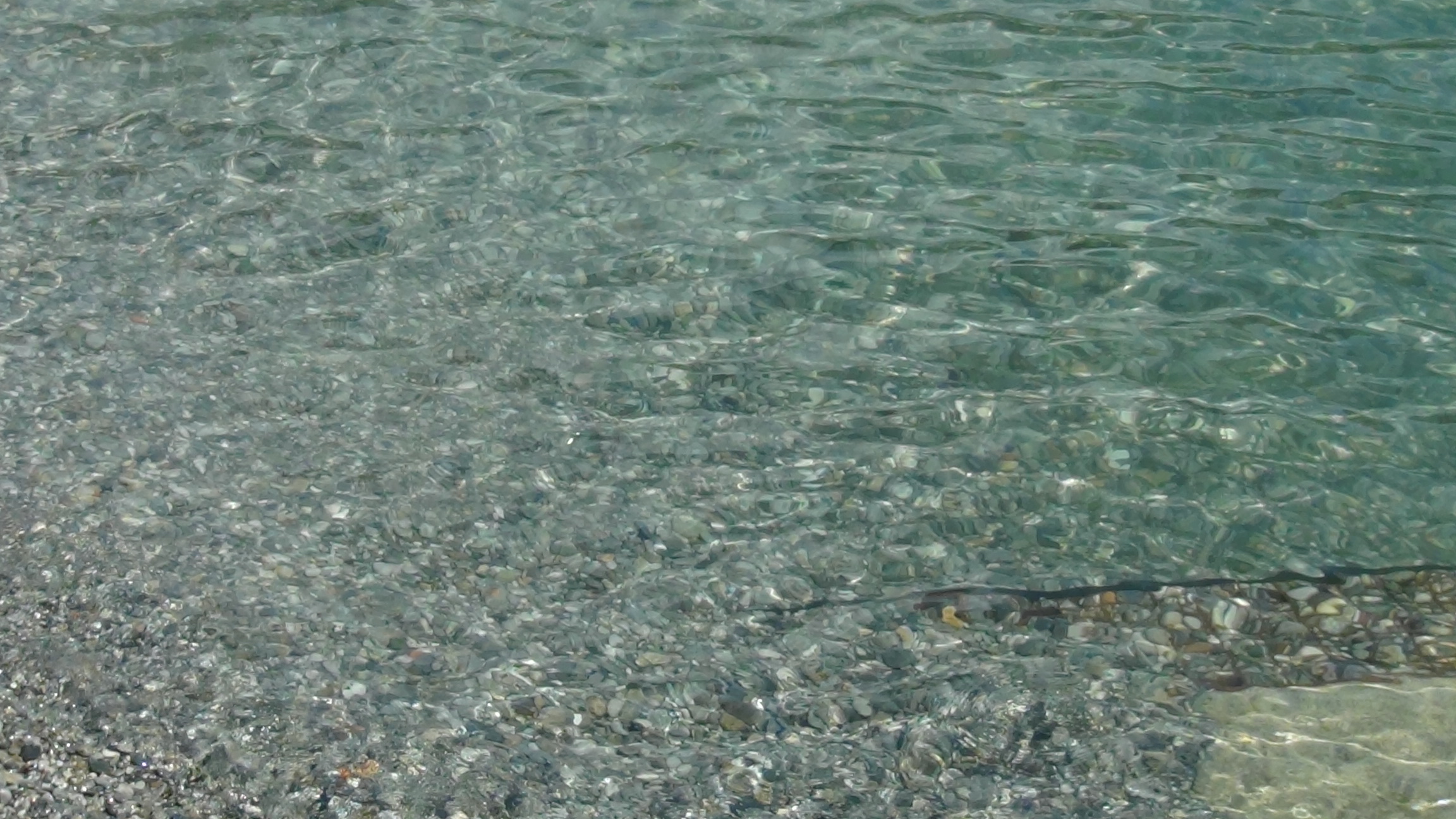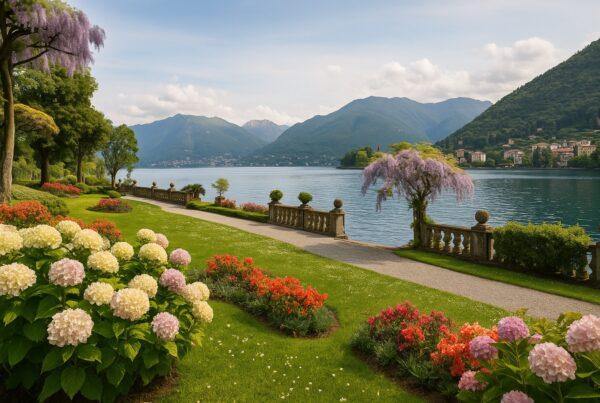FROM EARLY HISTORY TO THE ROMAN AGE
Itinerary: Giovio Museum – Viale Lecco – Viale Varese
The ideal place to start off our historic-artistic walk through Como is the Municipal Archaeological Giovio Museum, located at Piazza Medaglie d’Oro. Here, the artifacts of the most ancient populations that settled in the Como area, are exhibited : Bronze (1000 b.C.) and Iron Age (200 b.C.)
Household utensils, weapons, China, toiletry articles, precious metals discovered in the large Cą Morta necropolis, encompassing the present wards of Camerlata, Rebbio, Breccia, Albate and the Municipality of Grandate. A cart used far ceremonies and dating from the 5th century is particularly significant, in that it provides evidence of the agricultural and handicraft activities of a very old civilization called “Culture of Golasecca”.
The museum also displays very few finds dating from the early Christian and pre-Roman times. Among them, some parts of the Basilica of Saints Peter and Paul (8th century), on whose site the Church of Sant’Abbondio was subsequently built. The Roman Age exhibition is quite extensive. You will see tombstones, capitals, marbles, architectural fragments and sculptures, discovered during excavations, made in different parts of the city. Among the latest finds, a large villa located in Via Zezio is of particular interest. Unfortunately, only some artistic elements of that villa remain: tesserae, pieces of plaster with fioral and geometric decorations, statuettes and architectural pieces.
 A visit to the museum is the prerequisite for our walk in the path of the first urban settlement here, founded by the Romans. After having been occupied by the troops of Consul Claudius Marcellus in 196 b.C., the area was organized into a proper settlement under Caesar and called “Novum Comum”. First a colony then a municipality, the Caesarian city is still visible today in the netlike structure of the walled town. Indeed, if you look at Como from the top, you will clearly see the pattern of the Roman town, featuring two main roads crossing the city lengthwise and transversally, the circle of fortified walls and the houses, arranged in an orderly line, with a typical square shape and an open space inside (impluvium). Accordingly, you will enjoy an excellent view from Brunate, a village overlooking the valley beneath. The perimeter of the walls runs parallel to that of the Medieval city, which was constructed on the ruins of the Roman town. This aspect should not be overlooked because it indicates that the present city consists of superimpositions, that is of a stratification of cities built in different times, but which did not completely erase the cities which preceeded them.
A visit to the museum is the prerequisite for our walk in the path of the first urban settlement here, founded by the Romans. After having been occupied by the troops of Consul Claudius Marcellus in 196 b.C., the area was organized into a proper settlement under Caesar and called “Novum Comum”. First a colony then a municipality, the Caesarian city is still visible today in the netlike structure of the walled town. Indeed, if you look at Como from the top, you will clearly see the pattern of the Roman town, featuring two main roads crossing the city lengthwise and transversally, the circle of fortified walls and the houses, arranged in an orderly line, with a typical square shape and an open space inside (impluvium). Accordingly, you will enjoy an excellent view from Brunate, a village overlooking the valley beneath. The perimeter of the walls runs parallel to that of the Medieval city, which was constructed on the ruins of the Roman town. This aspect should not be overlooked because it indicates that the present city consists of superimpositions, that is of a stratification of cities built in different times, but which did not completely erase the cities which preceeded them.
Some clear traces of the Roman town are to be seen under the roadway between via Cesare Cantł and via Carducci (the entrance is in the courtyard of Parini Junior High School). Here you find the ruins of a town gate dating from the 3rd century a.C.., which featured two supporting arches flanked by octagonal turrets. In addition you can see remains of the enclosure walls, with a square tower belonging to the oldest defensive structure of the town. Along Viale Varese there is the “Porta Principalis Dextera” (the main right gate), with ruins of towers and walls. Part of that gate is visible at the entrance of via Cinque Giornate. Our short exploration of “Roman” Como ends at Viale Lecco . Here, close to Piazza del Popolo, the foundations of a huge structure – probably thermae – have been discovered and unearthed. We have to confine our search for Roman ruins to what has emerged from the underground because these ruins are, for the most part, still buried (mainly in the historic centre, near the Cathedral. According to experts, the most important temples and the theatre were located here).





